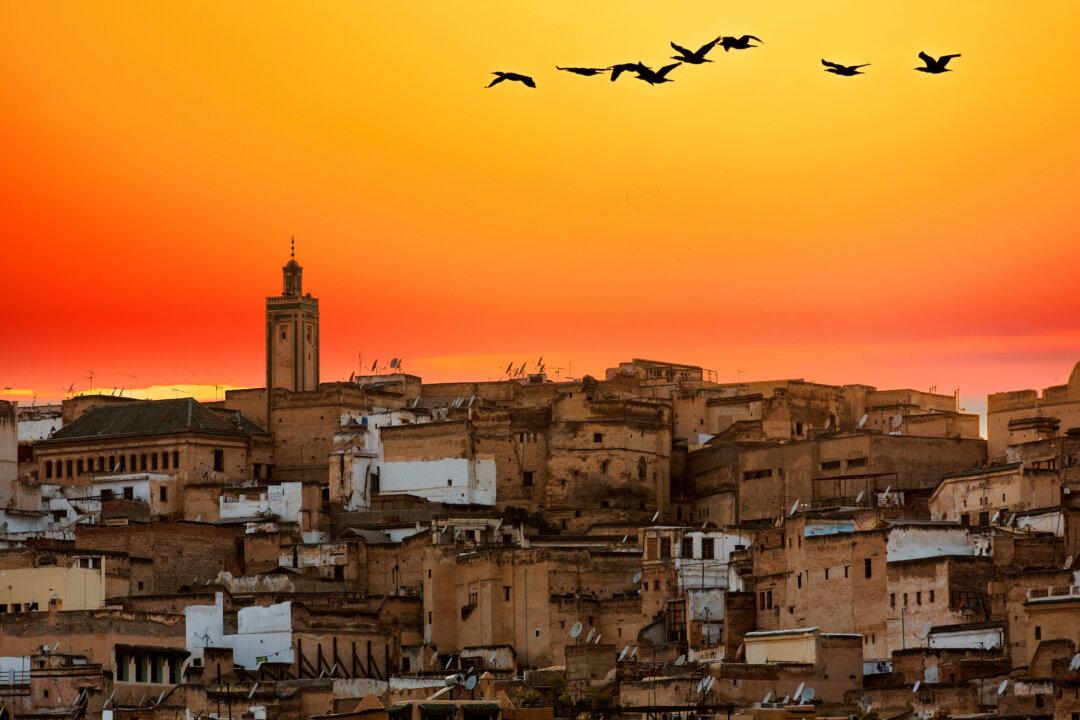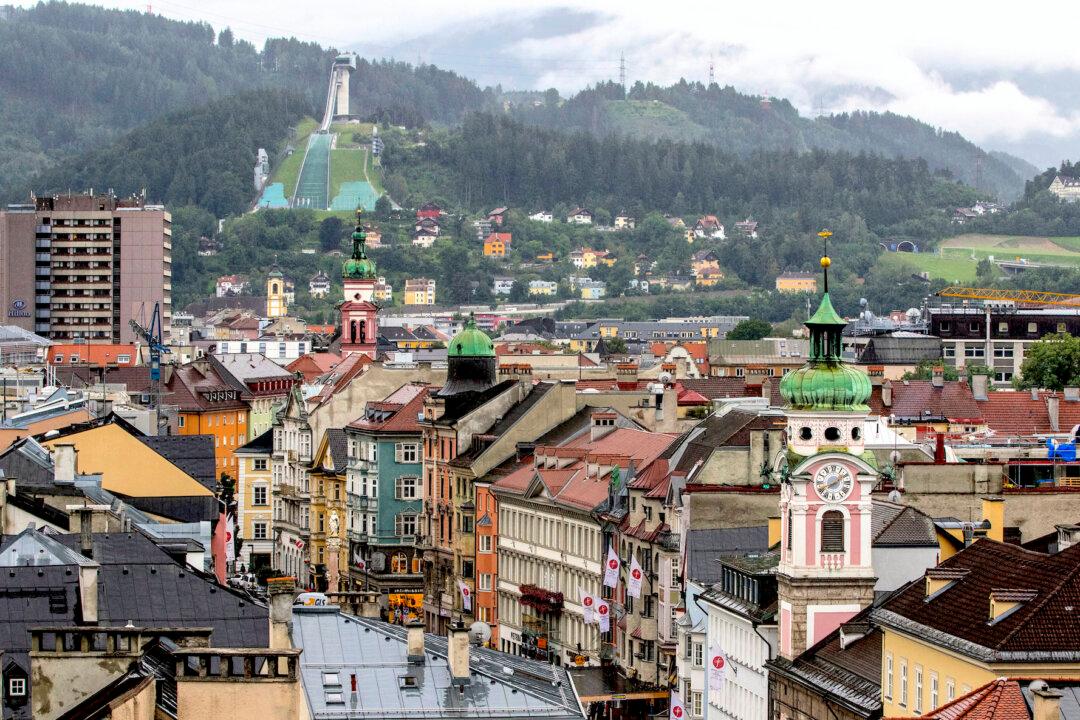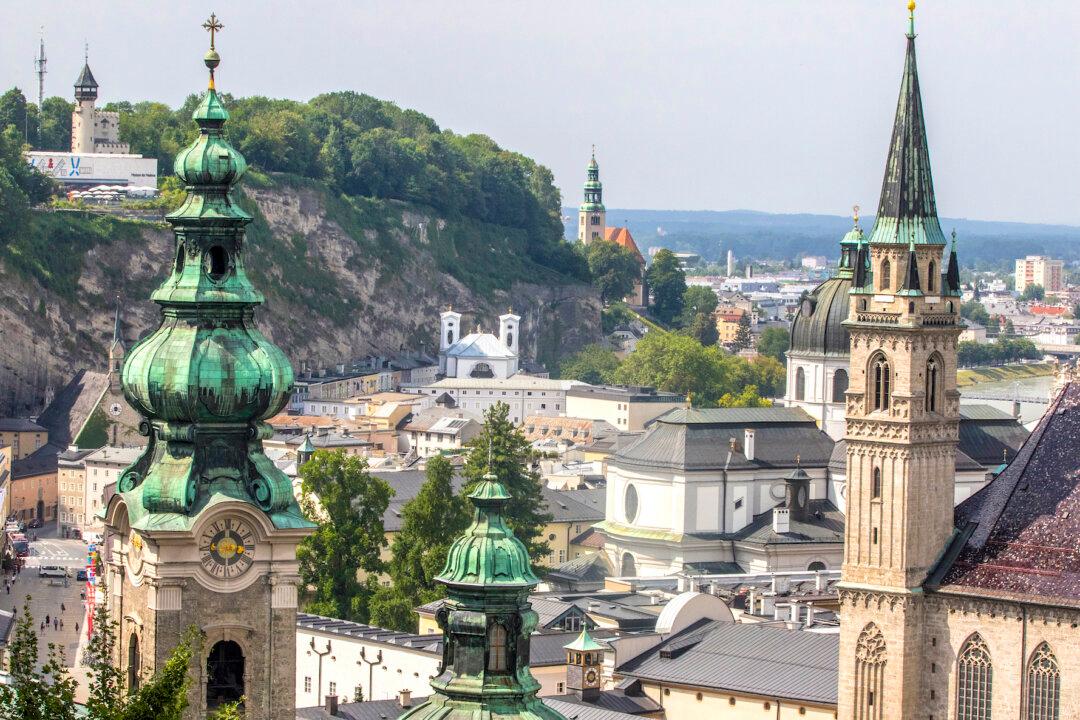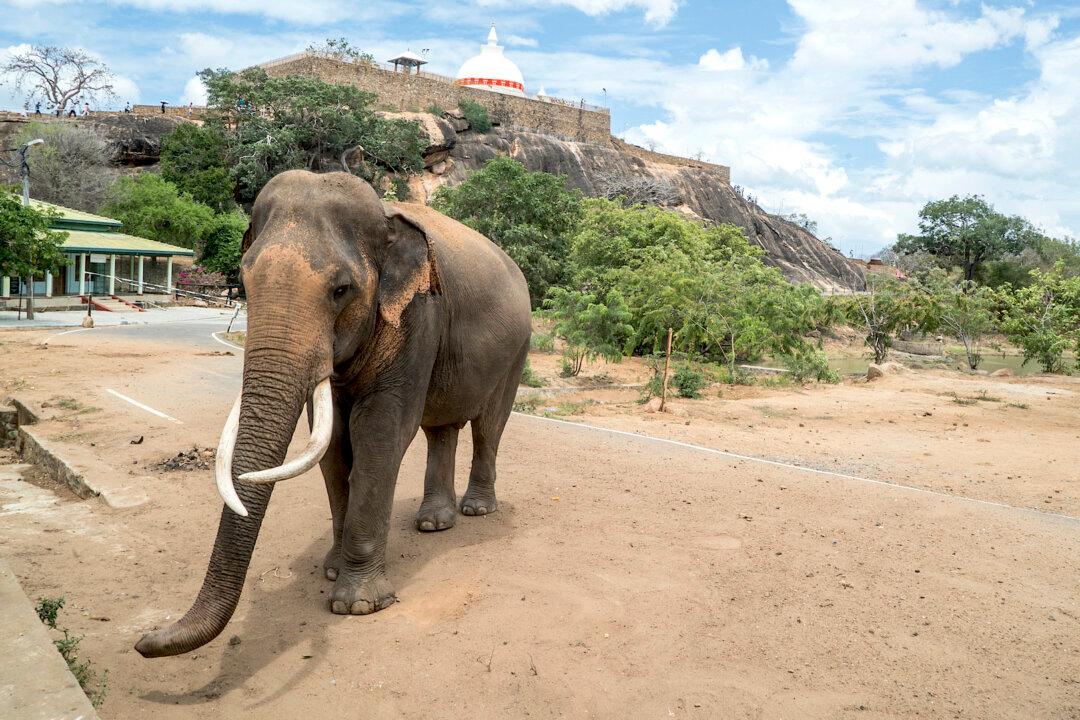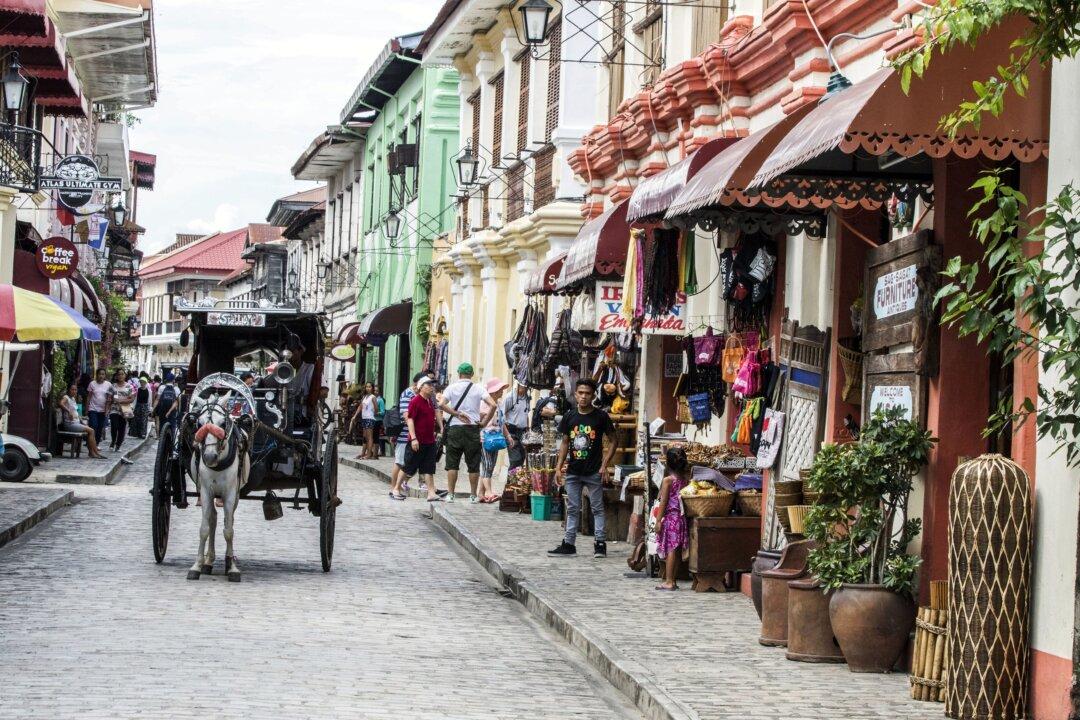From the moment I arrived in Fez, Morocco’s second-largest city after Casablanca, I felt I had entered into a completely different history and culture.
Fez largely consists of two old medina quarters, Fes el Bali and Fes Jdid, and the modern section of Ville Nouvelle with its palm-tree-lined boulevards, built in the French colonial era.

